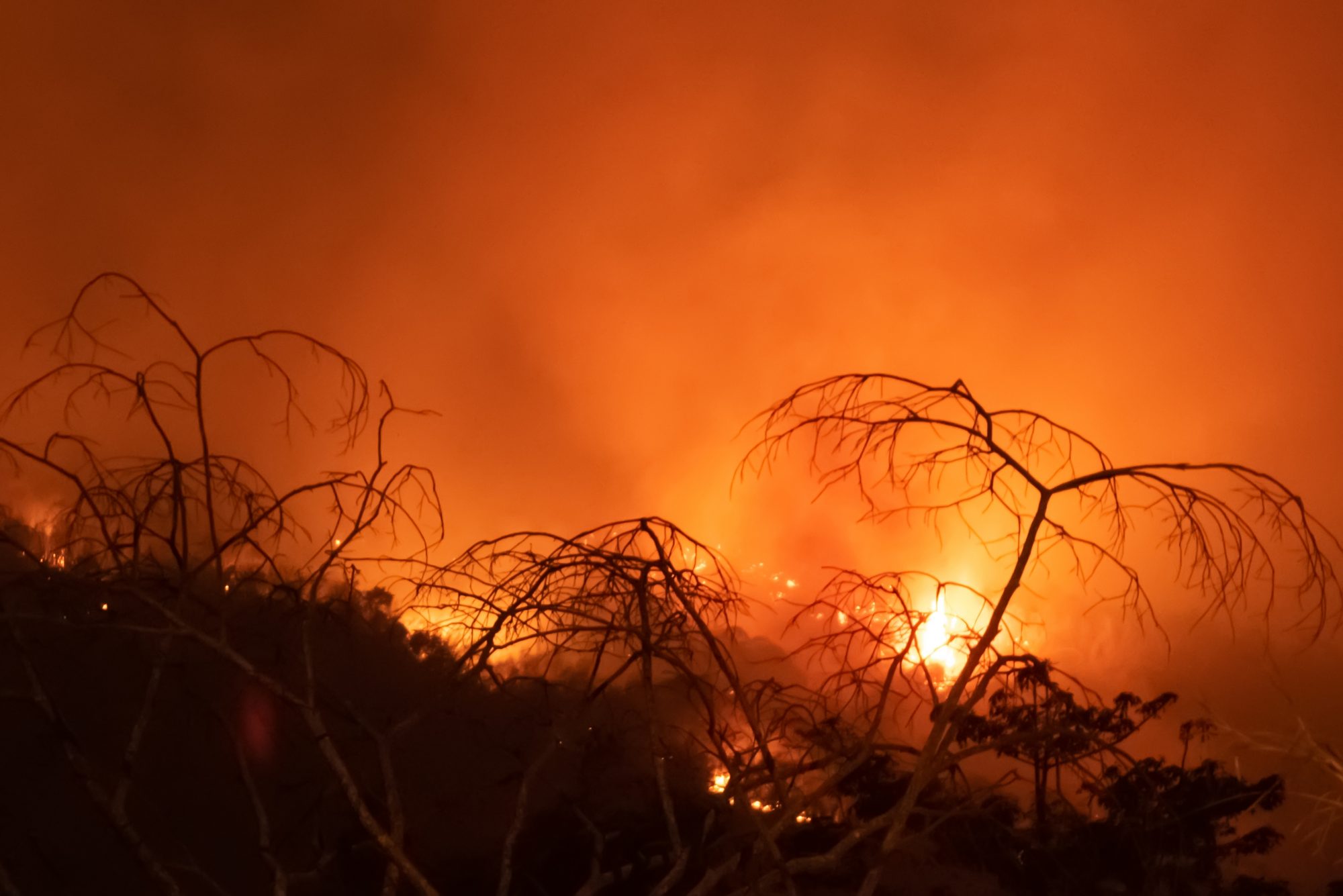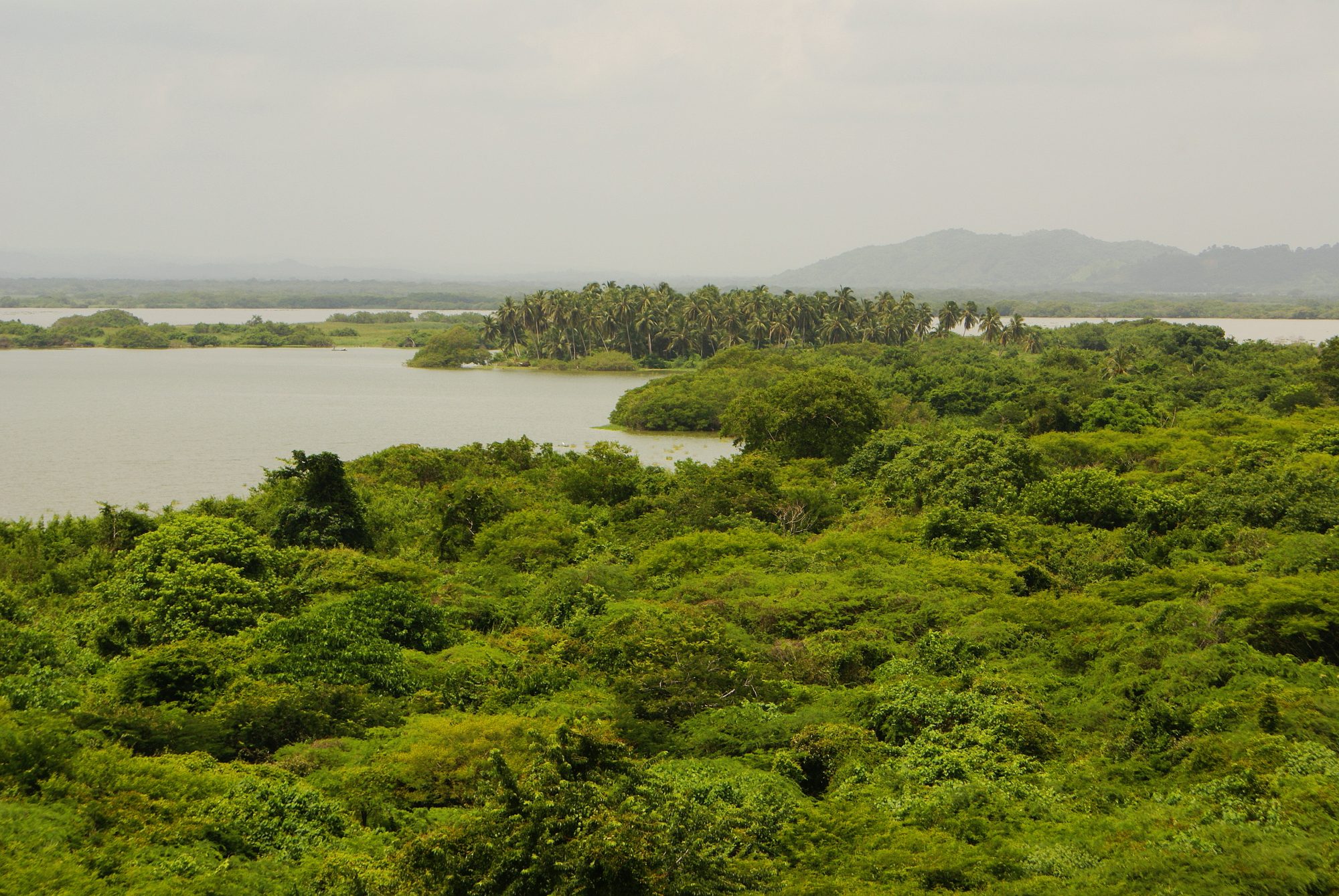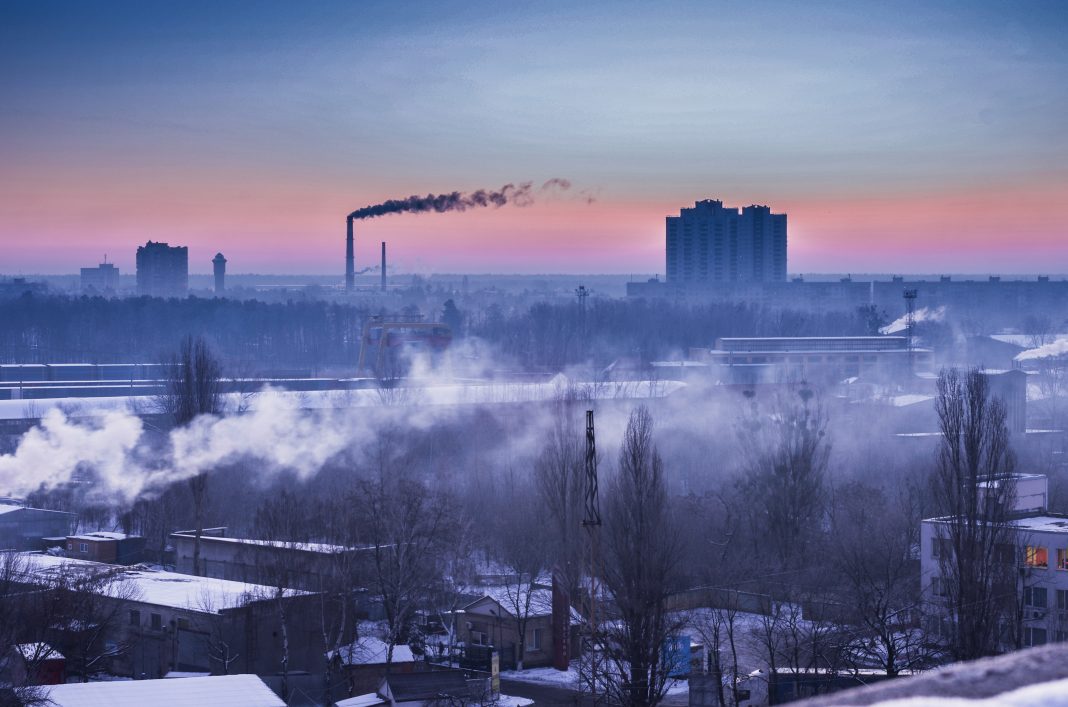Professors Aurélien Acquier & Valentina Carbone, ESCP Business School, dissect the rush for resources versus preservation of common goods in the Anthropocene era
The COVID-19 pandemic is being apprehended by many experts as one of the symptoms of the new geological era characterised by the structural impact of human activities on the dynamic of our ecosystems. While the Anthropocene will accelerate crises and pressures on natural heritage, what approach will our economic and managerial systems take to natural resources?
In the impact paper they wrote as part of the ESCP Business School’s “Managing a Post-Covid19 Era” series, Professors Aurélien Acquier & Valentina Carbone present two possible scenarios:
- An acceleration of predatory dynamics, a grab for natural resources, leading to an acceleration of the ecological crisis and a radical increase in inequalities;
- A reasoned political choice to adopt a model of moderate energy and resource consumption, preserving our habitat and thinking about the commons.
The COVID-19 epidemic is a zoonotic disease, a cross-species transmission from animals to humans. For many experts, the multiplication of zoonotic diseases is one of the symptoms of the Anthropocene age, whose etymological meaning is ‘the Age of Humans’, was first theorised by Paul Josef Crutzen, winner of the Nobel prize in chemistry in 1995.
This new era is characterised by the growing footprint of human activities on natural ecosystems: deforestation, extraction of fossil fuels, overexploitation of land, etc. As the Anthropocene era accelerates crises and pressure on the natural heritage, but also the spread of these crises throughout human societies, how will the COVID-19 crisis transform our relationship with natural resources? Fiction is a very powerful detour and is increasingly used to feed prospective reasoning and to think up scenarios of rupture. Let us then imagine two fictional scenarios on the horizon of 2035, on our relationship to natural resources in a post-COVID world.

Scenario 1: Like before, but worse… Tensions and a rush for resources
To combat the economic and social crisis caused by COVID-19, the vast majority of countries have sought to jump-start national consumption and get their economy moving again using tried-and-tested growth models. Coming to the rescue of the industries most severely affected by the crisis, whose economic weight was considerable, companies and governments have more or less consciously sought to revive former growth models, characterised by high energy consumption and ever more rapid product turnover in a logic of intensive innovation. While these efforts have not managed to restore growth and consumption in a lasting way, they have spurred a sharp rise in global energy consumption and pressure on resources, exacerbated by continued demographic growth at the global level.
In colliding ever more forcefully with planetary boundaries, these growth modes have only intensified anthropogenic pressures on ecosystems. This accelerated erosion of nature and the multiplication of climate crises has taken on such proportions that the habitability of the planet is called into question in several parts of the world. From an economic perspective, the period has been marked by massive natural resource appropriation. Diplomatic warfare and economic warfare have gradually merged, with a return to stronger forms of state interventionism, resulting in the nationalisation of companies and more robust use of influence than in the past.

We have also witnessed an upstream shift in the locus of potential sources of value in production chains — the exact opposite of the process observed in the previous two or three decades in the West, which had seen most companies selling off their productive assets to lighten their balance sheet and focus instead on immaterial activities (brand management, marketing, distribution network).
The economy has thus gradually become rationed by increasingly limited resources, monopolised by a small number of firms and countries. In this economy in which supply is rationed by the decreasing availability of natural resources, successful companies are now those that control natural resources. Owing to the astronomical rise in prices for indispensable natural resources, the situation has obviously become increasingly unequal and conflictive, between individuals, social groups and countries. In 2035, the vast majority are subjected to moderation, while the remaining powerful enjoy an increasingly costly final feast.
Scenario 2: Landing in the Anthropocene – resilience, moderation in resource use and preservation of the natural commons
The COVID-19 crisis triggered an awareness of the extreme vulnerability of our economic, social and natural systems. Many countries around the world quickly set in motion an ambitious plan to reduce exposure to these new risks. Launching an ambitious industrial strategy, they pursued two clear objectives: regaining sovereignty over all vital aspects of their economic systems (entailing business relocation) and also switching to low or non-carbon-based energy sources and coming up with models based on a much more moderate use of resources. Alongside the sacred cow of GDP, public decision makers quickly integrated a new indicator to guide policy while taking risks into account: the ‘resilience indicator’. Developed by an interdisciplinary panel of biologists, climatologists, ecologists, sociologists, managers and experts in geopolitics, this resilience indicator measures the exposure of economies and societies to the risks of the Anthropocene era.
More sustainable models, hitherto embryonic, became the norm. Anticipating natural resource crises, businesses and government reorganised the economy on the basis of circular principles, aimed at moderation in resource use. Naturally this did not occur without friction and it was necessary to take determined action, to establish a hierarchy of priorities, and to make difficult trade-offs in order to achieve this goal of moderation. The introduction of a new system of taxation for individuals and businesses was a decisive undertaking to tax the use of certain resources, to finance necessary investments and to make the transition socially acceptable. An ecological transition revenue was introduced to rethink social justice in a context of increasingly scarce resources and rising energy and transportation prices – a potentially explosive situation from a social point of view.
By the end of this painful yet necessary transition, entire sectors had been transformed. For example, owning a private car became too expensive for most households. The norm now is renting or car sharing. The construction sector has massively shifted towards the thermal renovation of housing. Agriculture has been reorganised around the principles of agro-ecology, permaculture, and other approaches that are less resource intensive. The creation of local ‘technological loops’ has also made it possible to rethink the economy for a post-global value chain world and to restructure key sectors at the local territorial level (healthcare, electronics, clothing, furniture). This new territorial industrialisation, which must further reduce its energy consumption, is characterised by new employment opportunities in the areas of maintenance, product service and repair, and the reconditioning and recycling of raw materials and products.
These transformations did not occur in a uniform way. Not every country and business has adopted these models at the same pace, but those that have done so soon found themselves less exposed to social and environmental crises than their neighbours who remained in the old paradigm. At the international level, the ‘Alliance for the Anthropocene’ was formed to revive international cooperation and provide it with a common framework.
After having formalised a set of rules, laws and market regulations aimed at a more reasoned use of resources, member countries established a framework to jointly manage ‘common bads’ (pandemics, ocean plastics, global warming, etc.) in solidarity with each other. Furthermore, they launched an initiative to rewrite the law on global common goods in order to preserve ecosystems and biodiversity and take them out of the commercial sphere. Finally, a new vision of resources is taking shape: not only perceived and managed as an appropriable good, but as an inalienable common good to be preserved.
To rebuild economic institutions, law and the concept of resources
These scenarios are fictional. As such, rather than adopting a truly predictive logic, their aim is to help us envisage possible futures.
Scenario 1, which takes the form of a dystopia, appears unfortunately to be the most likely given the current mechanisms for restarting the economy to cope with the post-COVID economic and social crisis. Scenario 2 describes a more desirable though admittedly utopian path. How might a utopia be made possible and where should we begin?
The conditions are multiple, but we can identify several priorities. The first urgent matter is to reform our economic institutions, and in particular our vision and our tools for measuring progress. Our political, financial, and social institutions are all structured around the dogma of GDP growth, an indicator whose numerous limitations were pointed out by Kuznets (its creator). GDP absolutely does not take into account negative impacts on our natural heritage, because the depletion of natural resources and their waste are treated in accounting terms as value creation. Similarly, it is completely blind to exposure to the risks of the Anthropocene era (Raworth, 2017). To ‘rediscover the meaning of limits’ (Papaux & Bourg, 2010), it is necessary to switch lenses and to enrich our vision with other indicators (O’Neill et al., 2018). Such indicators should not be the preserve of governments, but should also be diffused and adapted at the company level, at the heart of strategic thinking and organisational management.

The second challenge is to reorient the market, rejecting the idea that the ‘free market’ can respond to issues of resource depletion. Indeed, the market only values the scarcity of resources, not their preservation – even less so their restoration. This difference is fundamental: when a massively exploited resource becomes rare, it means that its depletion is already very far advanced. It is useless then to think that market mechanisms alone will be able to restore supplies of that resource, which are governed by biological and geological timeframes that quite distinct from the market’s time horizons (just think that it takes several hundred years to form a grain of sand through erosion). At most, the market may prompt the emergence of substitutes, if they exist or may be developed.
Finally, a third challenge is to rethink the mechanisms of international governance and to transform the institutional legal framework relating to the environment. Achieving such a process, which is undeniably complex and ambitious, would entail a veritable transformation in our understanding of what constitutes a resource, as a common good, and abandoning the anthropocentric bias in our relationship with nature (Descola, 2015).
References
Descola, P. (2015). Par-delà nature et culture. Editions Gallimard.
O’Neill, D. W., Fanning, A. L., Lamb, W. F., & Steinberger, J. K. (2018). A good life for all within planetary boundaries. Nature sustainability, 1(2), 88-95.
Papaux, A., & Bourg, D. (2010). Vers une société sobre et désirable. Presses Universitaires de France.
Raworth, K. (2017). Doughnut economics: seven ways to think like a 21st-century economist. Chelsea Green Publishing.











